General Info – summary
This graceful small Tree has a straight trunk and may reach 10+m high. The dark bark becomes furrowed lengthwise. Lanceolate drooping Leaves have entire margins; are up to 13cm long and stipules are absent. Small 15cm long spikes of bisexual Flowers are tubular with 4 sessile anthers and a single ovary with a long persistent style. Fruit is an achene with long white hairs. The tiny seeds do not germinate well.
Description
Faurea saligna
SA Tree No. 75.
Common names: (Afr) Boekenhout, Bosveldbeukenhout, Bosveldboekenhout, Bosveld-boekenhout, Geelboekenhout, Rooiboekenhout, Transvaalboekenhout, Transvaal Waboomhout, Wahout, Witboekenhout. (Eng) African Beech, African Beechwood, Bushveld Boekenhout, Red Beech, Red Boekenhout, Transvaal Boekenhout, Beech, Weeeping Faurea. (isiXhosa) Icuba Lethole, Isafo, Isefi. (isiZulu) Isefu, Isisefo, Isisefu, Umcalathole. (Northern Sotho) Mohlakô, Mongêna. (Setswana) Mofufu. (siSwati) Isiqualaba, Sisefo, Sicalaba. (Tshivenda) Mutango. (Xitsonga) Maguladali, Mwamidzumba. “Beech” (resembling the European Beech – Genus Fagus in the Family Fagaceae).
Boekenhout. Boeken is the Afrikaans version of the Dutch ‘beuken’ – that is ‘beech’. It is the radially cut timber of these trees that displays likenesses. Apart from that there is little likeness. The wood of Boekenhout is coarse-grained and of dark reddish-brown colour, while that of the European Beech is fine-grained and of a reddish tinge only.
Family Proteaceae (Protea family). Members of this family occur mainly in the southern hemisphere. Universal characteristics are few. All are woody trees or shrubs. Anthers are basifixed and the superior Ovary is sessile. Flowers are contained in a compound inflorescence and 4 Tepals are present. There are about 80 genera and at least 1 600 species including the Australian Macadamia. (South Africa has now become one of the biggest producers of Macadamia nuts). In South Africa, there are 16 genera and 300 species. 6 genera (examples on this website) have species that are trees. These are Brabejum, Faurea, Leucadendron, Leucospermum, Mimetes and Protea. Currently the genus Protea has the most species. Protea gaguedi is the only species found in Namibia. The South African Protea flowers all have a superior Ovary containing a single ovule. The Stigma is a tiny groove resting on the top of the pollen presenter. The Style is long and thin. The silky appearance of the wood is due to the presence of medullary rays (are pith rays used for the radial conduction of water, minerals and organic substances). Leaves are Sclerophyllous (type of drought resisting vegetation adapted to prevent water loss with hard, leathery, evergreen leaves that develop on narrowly spaces nodes). This family has similar Leaves to the Glossopteridales whose fossil leaf remains resemble the modern protea. These fossils were prevalent more than 200 million years ago. This was a time before the breakup of the super continent – Gondwanaland – due to continental drift.
This genus Faurea, together with the Protea, use xylose (a monosaccharide which has 5 carbon atoms not 6 as in glucose) as the main sugar in their nectar. This is unusual.
Name derivation: Faurea – named after William Caldwell Faure (1822-1844) son of a Dutch Reformed minister in Cape Town. W. C. Faure died in an ambush in India after joining the Dutch East India Company. The specific name saligna is a derivative of the Latin word ‘Salix’ – the ‘Willow’. Thereby indicating that the branches, leaves and flower spikes of this species of the genus Faurea are drooping like those of a willow.
There are 5 Faurea species in SA: F. galpinii, F. macnaughtonii, F. rochetiana, F. recondita and F. saligna.
Conservation: National Status: L C. (Least Concern). Assessment Date: 2005 (A.G. Rebelo, H. Mtshali and L. von Staden).
Tree
The usually slender, straight trunk Tree is frequently up to 10m high but may reach 21m e.g., in the Ngome Forest in Northern KwaZulu-Natal. The trunk is up to 0,6m wide. In young branchlets the Bark is red and in older trees it becomes dark greyish-brown, to almost black. Here it is rough and unevenly deeply longitudinally furrowed (photo 364). The spreading Crown is sparsely branched. Younger trunks have short hairs and may have small, visible circumferential ridges (Photo 261).
- 606. 2015/10/20. Walter Sisulu NBG. Photo: David Becking.
- 261. 2015/02/24. Walter Sisulu NBG. Photo: David Becking.
- 364. 2014/02/18. Marakele NP. Photo: David Becking.
Leaves
The eucalyptus-like (bluegum), long, narrow, semi-deciduous almost hairless Leaves are drooping (photo 365) and lanceolate-elliptic (photo 365). They are leathery and alternatively arranged on this semi-deciduous tree. Leaves may be sickle-shaped, waxy and measure up to 13 x 2,5cm (photo 753). Leaves are longer than those in F. galpinii. Young Leaves are bright red or pink (photo 443). The light to dark grey-green upper surface of the Blade is shiny and may turn a vivid red in autumn. Veins are easier to observe when the leaf is viewed against a strong light (photo 538). Here the side veins loop together without reaching the margin. The Midrib is prominent. The leaves taper towards both the Base and Apex. The Margins are entire (with a continuous margin, not in any way indented) and wavy (photo 753). They may be slightly pink. The usually red or pink Petiole (leaf stalk – photo 753) is up to 2cm long. Stipules (basal appendages of the petiole) are absent.
- 365. 2014/02/18. Marakele NP. Photo: David Becking.
- 443. 2016/02/02. Walter Sisulu NBG. Photo: David Becking.
- 753. 2015/11/10. Walter Sisulu NBG. Photo: David Becking.
- 539. 2019/11/26. Hope Springs Eternal. Photo: David Becking.
Flowers
These small (about 1,5cm long) bisexual Flowers lack pedicels (stalks of a single flower) and are located in elongated, slender, solitary, pinkish-white Spikes (simple indeterminate inflorescence with sessile flowers on a single unbranched stalk – Photos 53 & 305). The spikes are up to 15cm x 3cm. These horizontally to vertically arranged spikes occur at the ends of branchlets (photo 305). Individual flowers are greenish to pinkish white or mauve and exude a distinctive honey-like scent. Individual flowers are tubular, and slightly zygomorphic (irregular flower with the corolla is divisible into 2 equal halves in one plane only). An ovate floral Bract (usually a much-reduced specialised leaf) subtends each flower. The Perianth (the 2 floral envelopes considered together; a collective term for the calyx and corolla) has cream to rusty coloured hairs. There are 4 sessile (lacking filaments) Stamens that arise at the base of the perianth. The single Pistil (a unit of the Gynoecium, the female element of the flower, composed of the Ovary, Style and Stigma) has a superior, 1-locular ovoid Ovary. Long white hairs cover the ovary (photo 514 under Fruit), which contains a single ovule. Initially the Style (more or less elongated part of the pistil situated between the ovary and the stigma) is insignificant (photo 53). Later on, the single slender style substantially elongates, ending in a single Stigma (pollen receiver) – photos 514 & 89 – under Fruit). (Aug–Mar: rainfall dependent).
- 53. 2015/11/24. Walter Sisulu NBG. Photo: David Becking.
- 305. 2015/12/15. Walter Sisulu NBG. Photo: David Becking.
Fruit
The small, silvery, globose Fruit is an Achene (a small dry indehiscent one seeded fruit with a tight, thin pericarp – the wall of the ripened ovary) with an attachment scar. Long white hairs cover the fruit (photo 207). The fruit is small – 1kg of Seeds will contain about 165 000 seeds. The fruit (photo 207) ends in a distinctively long, persistent Style (photos 514 and 207). (Oct-Apr).
- 514. 2019/11/25. Hope Springs Eternal. Photo: David Becking.
- 89. 2016/01/05. Walter Sisulu NBG. Photo: David Becking.
- 207. 2016/01/16. Walter Sisulu NBG. Photo: David Becking.
Distribution and Ecology
These Trees mainly occur in summer rainfall areas, especially in the bushveld (a sub-tropical woodland ecoregion of southern Africa). They are often seen in large groups in well-drained soils and on stony hillsides, at an altitude of between 700 and 1 800m. They also grow in the poorest soil – sandy or red loamy soils or on stony slopes. Here the rainfall is in the region of 500mm per year. These plants often occur in sourveld (veld largely covered with coarse seasonal perennial grasses that affords inferior grazing). These trees can survive a moderate fire. Much Nectar is produced which attracts insects – including honeybees – usually in the mornings and evenings. This is due to the nectar being secreted in the evening and at night. During the night, moths are attracted to the nectar (visible by torchlight). Thus, both bees and moths are involved in pollination. A tiny plant bug Separaspis proteae in the order Hemiptera, with their sucking mouthparts, may disfigure the leaves and those of other protea. They are visible as brown spots on the leaves. The presence of these trees are indicators of sour veld (not very palatable to livestock) and include Tamboekie grass (reed-like grasses used for thatching, especially those of the genera Cymbopogon, Hyparrhenia, and Miscanthidium). The trees occur naturally in KwaZulu-Natal, Gauteng, Mpumalanga, Limpopo, North West, Swaziland, Botswana, Zimbabwe, Mozambique and northwards.
Ethnobotany
The reddish-brown Wood has a good grain, is fire, drought, termite resistant, and produces a general-purpose timber. It is strong and durable but coarse in texture, polishes well, and makes excellent furniture. Wood is used for furniture, doors, and poles, railway sleepers, carving tool handles, millwork, waterwheels and firewood. The wood saws and works well – even when fresh. It has satisfactory nailing properties. Wood from established trees is stronger and more durable. The wood has distinct medullary rays (radiating from the centre of stems, these non-woody cells conduct water with mineral salts and organic compounds from the centre. In the stem cross section, they appear as radiating lines. In longitudinal section e.g., on planks they are attractive and shiny. The Bark has a high concentration of tannin and may be used for tanning leather. A red Dye is extractable from the tree. The tree is not of great economic importance as it is slow growing and the logs are on the small size. Seeds do not germinate easily. When they are available, the Seedlings from around the base of the tree are a better option. Honey from these trees is blackish and has a malty flavour.
References
Boon, R. 2010. Pooley’s Trees of eastern South Africa. Flora and Fauna Publications Trust, Durban.
Burrows, J.E., Burrows, S.M., Lotter, M.C. & Schmidt, E. 2018. Trees and Shrubs Mozambique. Publishing Print Matters (Pty) Ltd. Noordhoek, Cape Town.
Coates Palgrave, M. 2002. Keith Coates Palgrave Trees of Southern Africa. edn 3. Struik, Cape Town.
Lawrence, G. H. M, 1951. Taxonomy of Vascular Plants, The Macmillan Company, New York. Tenth Printing 1965.
Palmer, E. & Pitman, N. 1972. Trees of southern Africa, Balkema, Amsterdam, Cape Town.
Rebelo, A.G., Mtshali, H. & von Staden, L. 2019. Faurea saligna Harv. National Assessment: Red List of South African Plants version 2020.1. Accessed on 2023/06/02.
Schmidt, S. Lotter, M. & McCleland, W. 2002. Trees and Shrubs of Mpumalanga and the Kruger National Park.
“Sourveld.” Merriam-Webster.com Dictionary, Merriam-Webster, https://www.merriam-webster.com/dictionary/sourveld. Accessed 2 Jun. 2023.
van Wyk, B. & van Wyk, P. 1997 Field guide to Trees of Southern Africa, Struik, Cape Town.
Voges, Konrad. Thank you for the help with the words saligna and hout (under Name derivation) and for info on pollination).
http://www.plantzafrica.com/plantefg/faureasal.htm
http://worldagroforestry.org/treedb/AFTPDFS/Faurea_saligna.PDF
http://uses.plantnet-project.org/en/Faurea_saligna_(PROTA)
http://posa.sanbi.org/flora/browse.php?src=SP
http://plants.jstor.org/stable/10.5555/al.ap.person.bm000125780

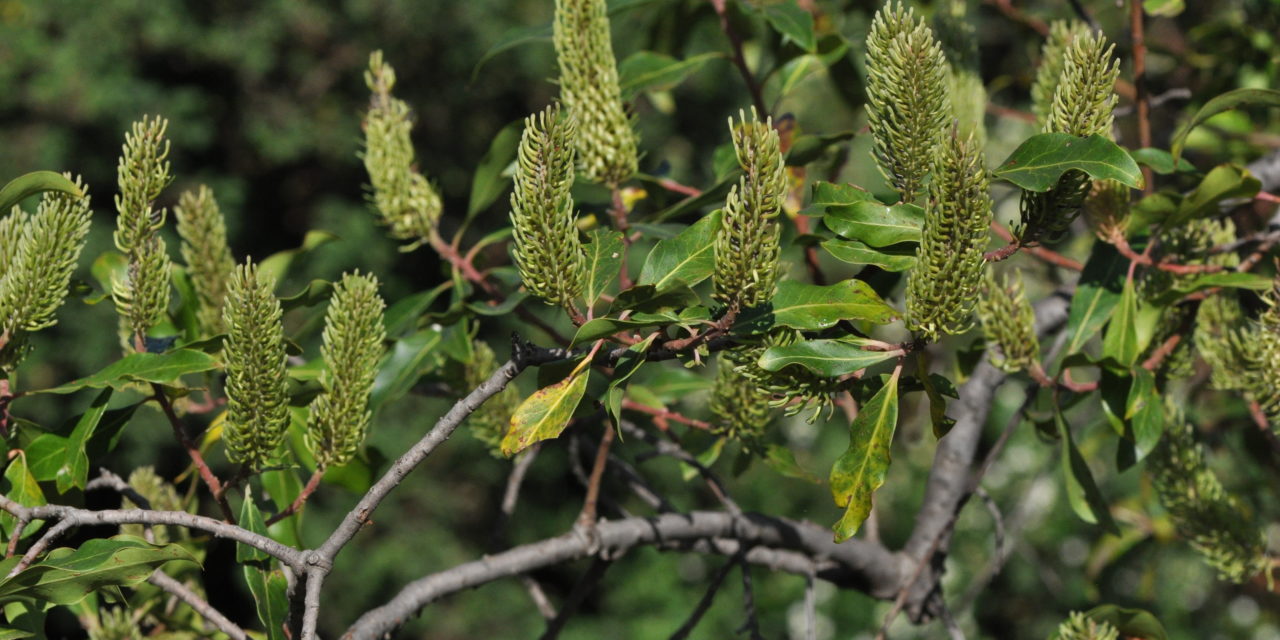
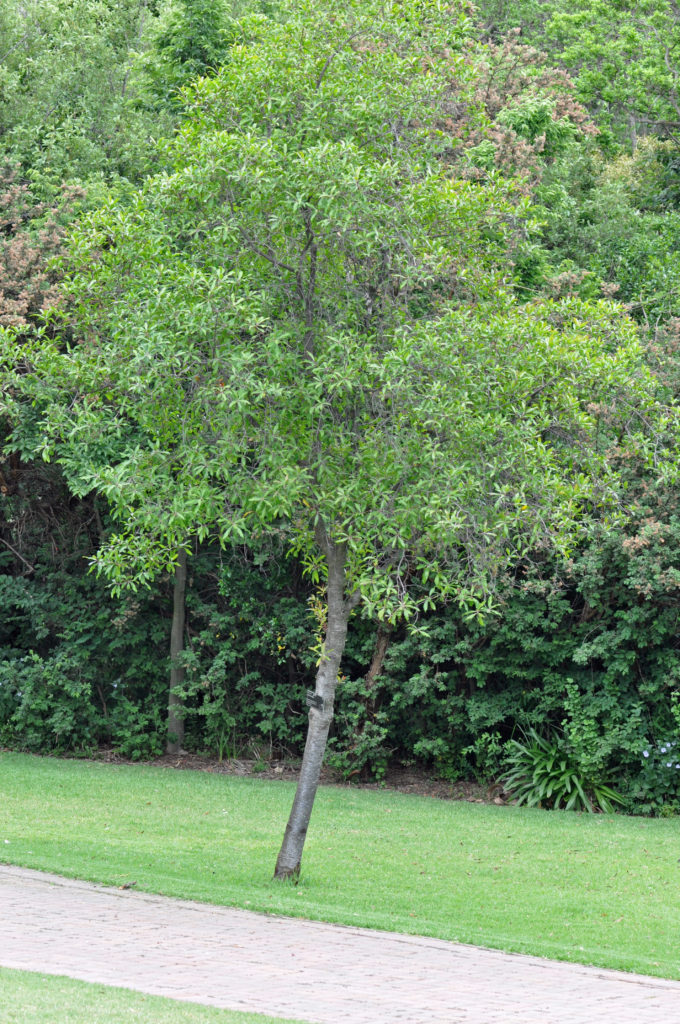
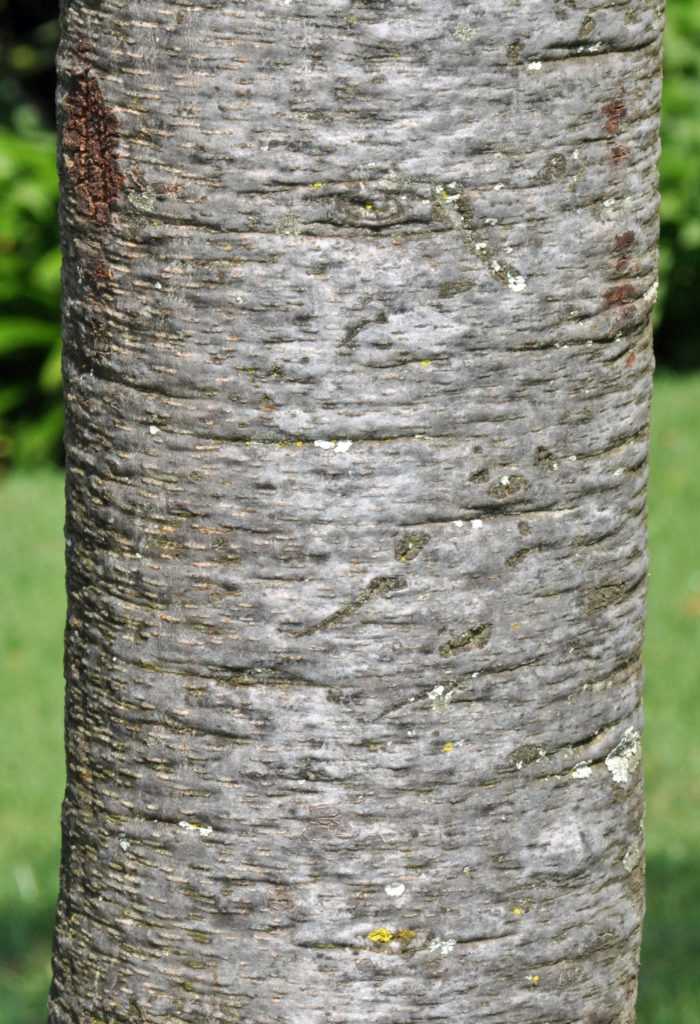
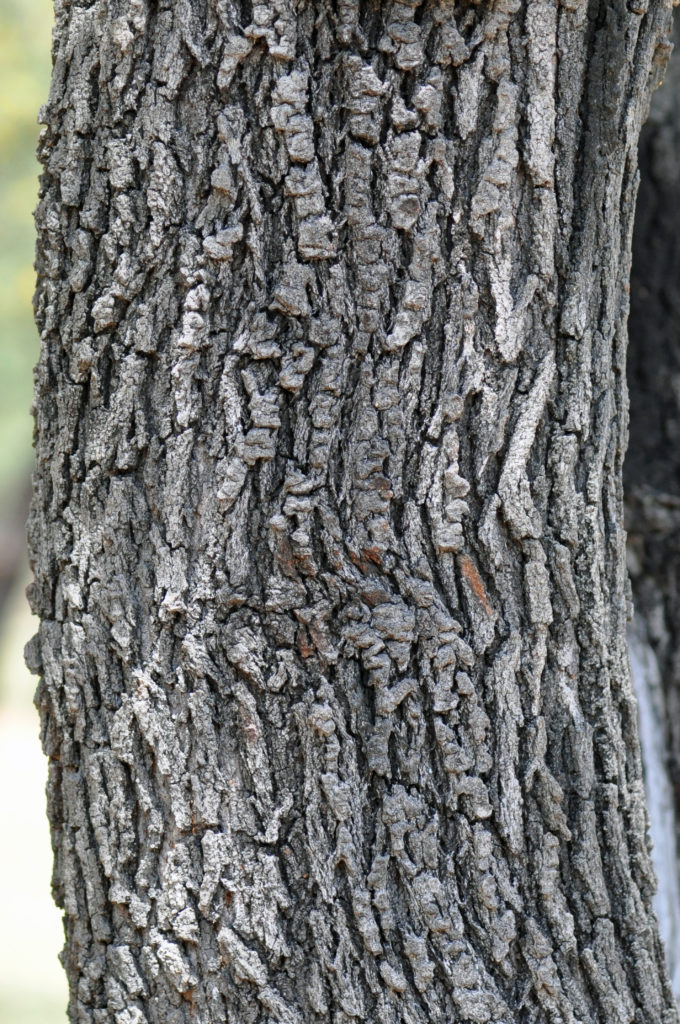
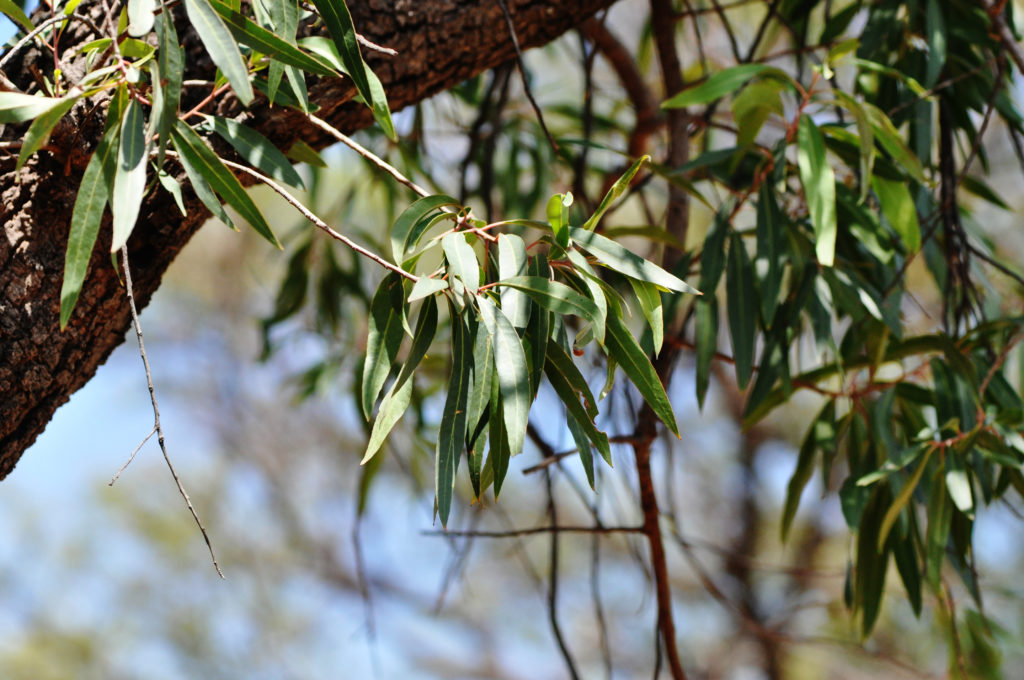
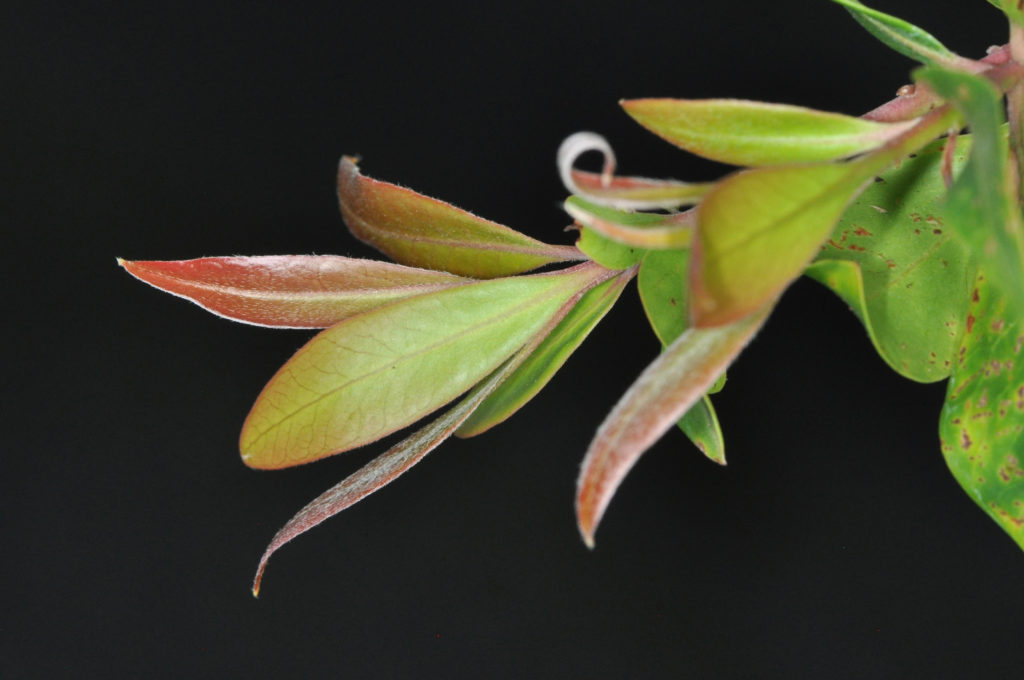
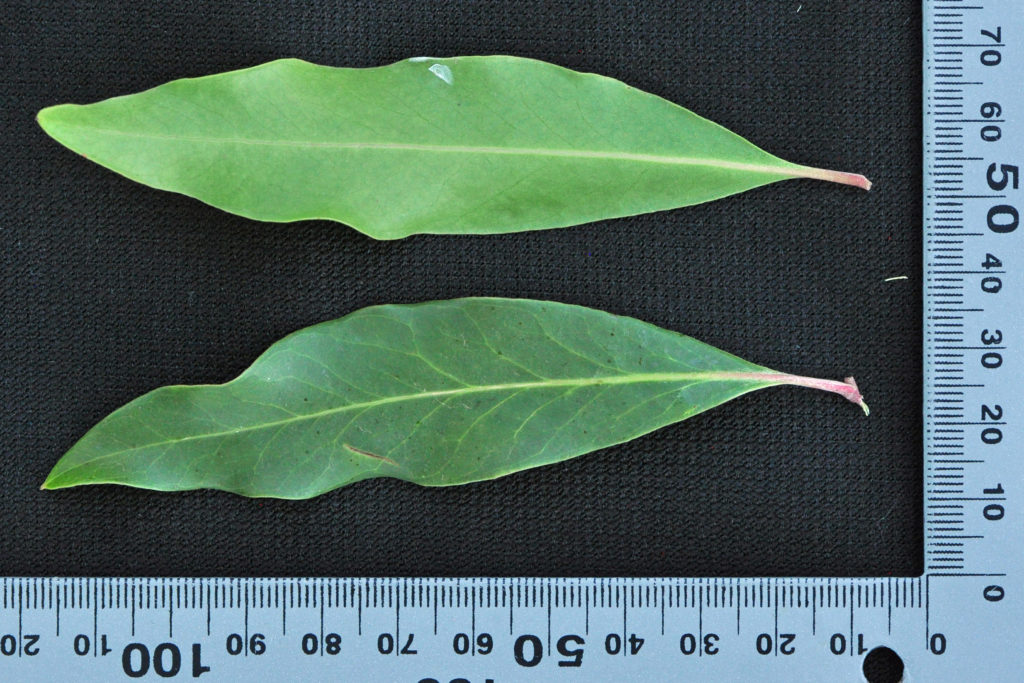
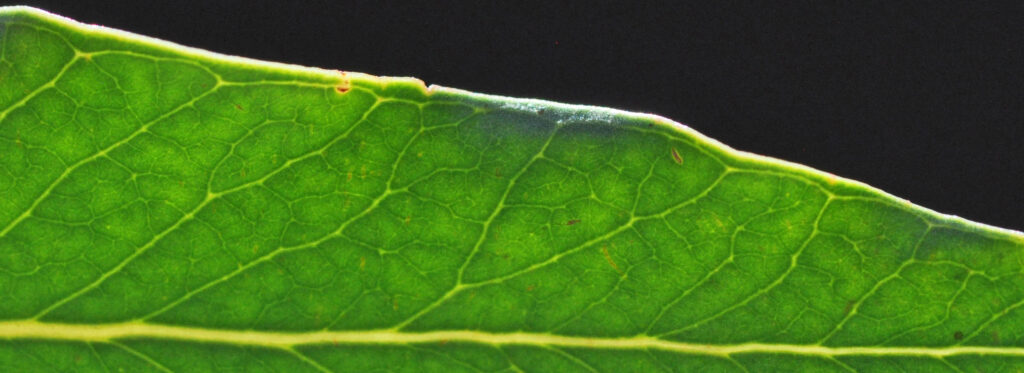
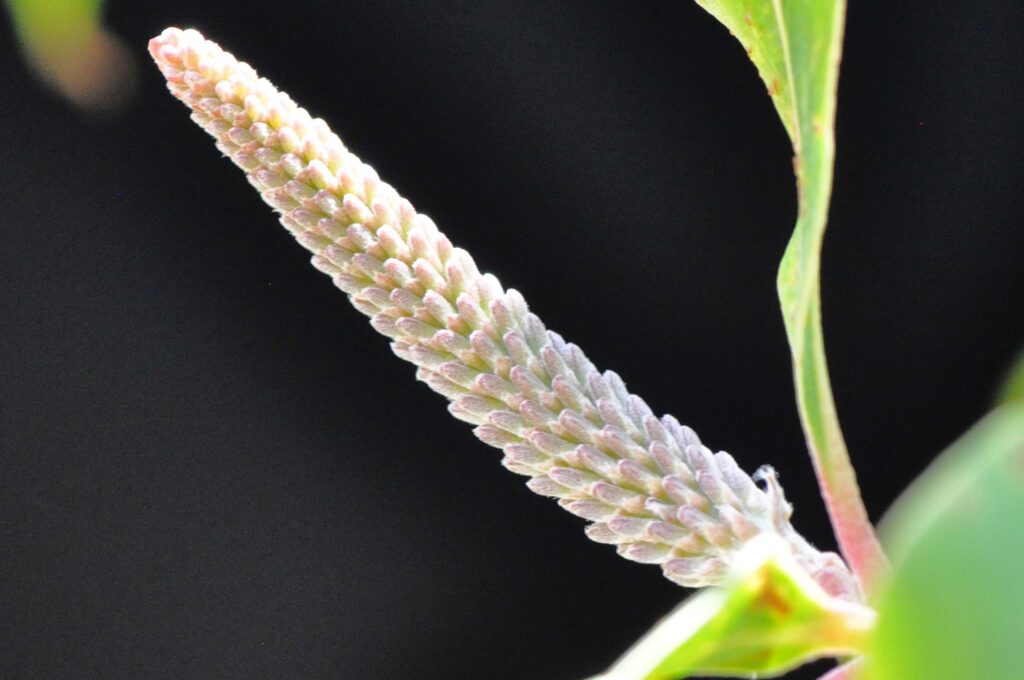
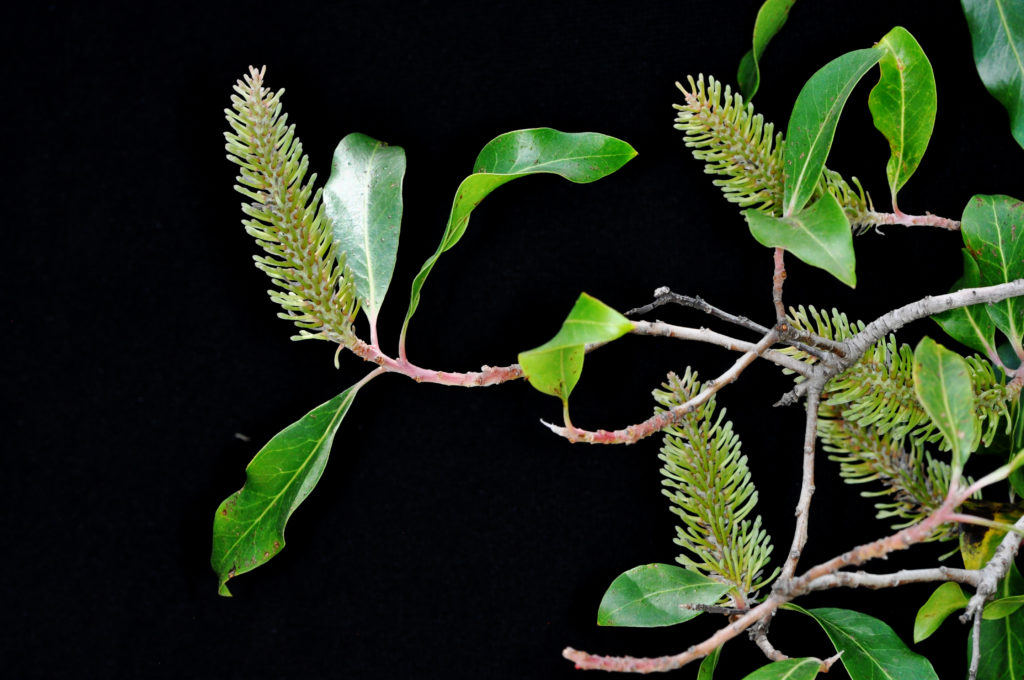

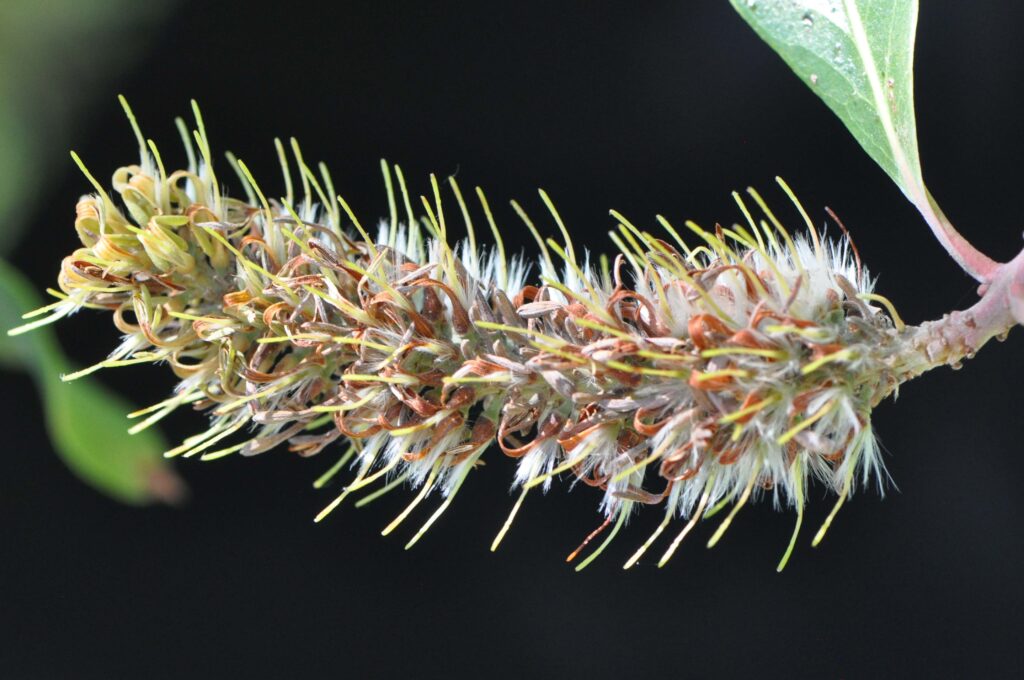
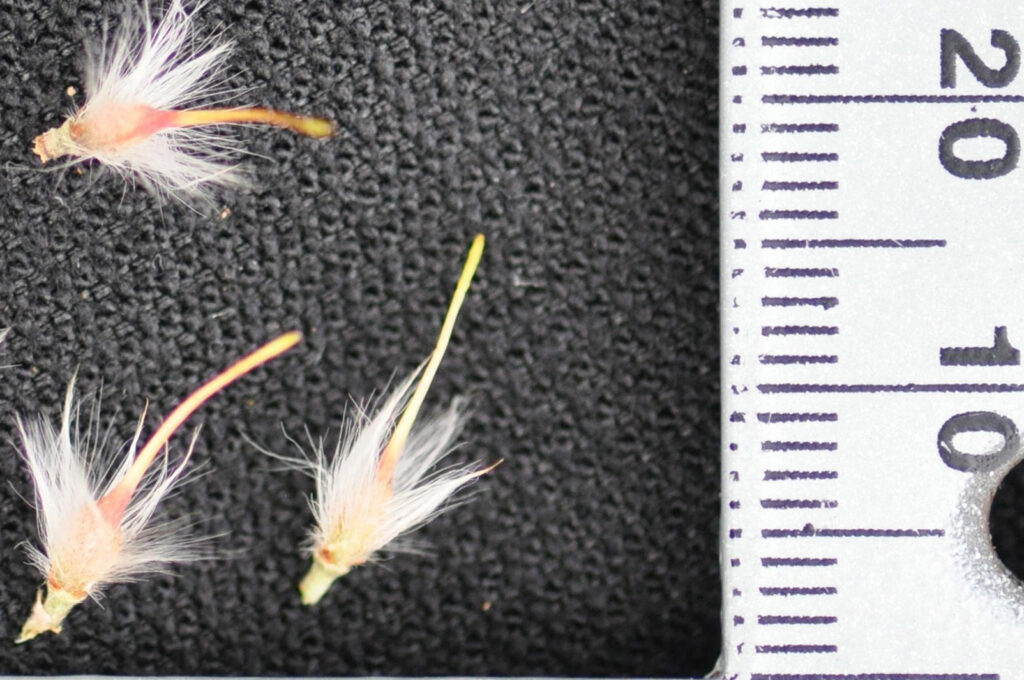
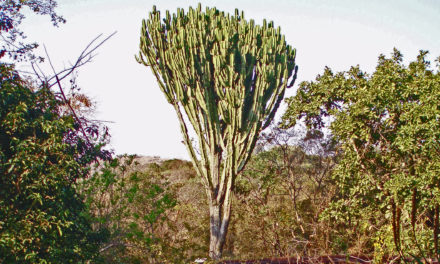
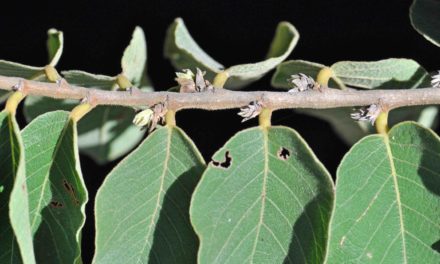
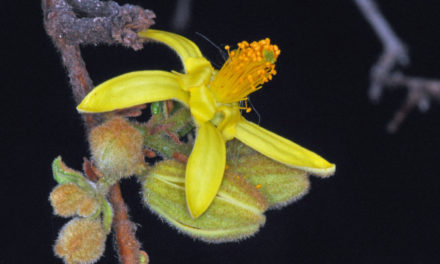

What a lovely page on Faurea saligna tree. Amazing pictures and descriptions. Rather disappointed to read the first comment above, which is not ok and racist. I would highly recommend removing it from the webpage.
Thank you. Done.
Hello David,
I had reason to check up some detail about the Faurea saligna tree and chose this site. Having perused it I cannot help but draw your attention to two errors therein.
The specific name ‘saligna’ is a derivative of the the Latin word ‘Salix’ – the ‘Willow’. Thereby indicating that the branches, leaves and flower spikes of this species of the genus Faurea are drooping like those of a willow. That means the title illustration at the top stands on its head.
Another item I am concerned about is the statement that the common name ‘Boekenhout’ had been derived at because of its likeness to the European Beech ‘Fagus silvaticus’. Actually the two trees bear no likeness at all.
No – one has to take note of the syllable ‘hout’ in the tree’s common name. And the word ‘boeken’ is the Afrikaans version of the Dutch ‘beuken’ – that is ‘beech’. It is the radially cut timber of these trees that displays likenesses. And these foot on the medullary rays which you describe in great detail. Apart from that there is little likeness. The wood of Boekenhout is coarse-grained and of dark reddish-brown colour, while that of the European Beech is fine-grained and of a reddish ting only.
Regards
Konrad
Hello David,
there seems to be very little known about the tree’s nectar secretion.
My observations of Faurea saligna over very many years revealed to me its peculiarities.
Almost every report about this tree mentions the fact that honeybees work the flowers for only short periods both in the evenings and in the mornings. The reason for this is: Faurea saligna only secretes nectar at night.
However, this process already starts at diminishing light intensity in the evenings and similarly begins in the mornings. That is when bees are able to gather some nectar.
Later – when full darkness reigns, one shall see by torchlight moths swarming all over the trees busy sipping nectar. Pollination is achieved thereby too.
Hello David,
there seems to be very little known about the tree’s nectar secretion.
My observations of Faurea saligna over very many years revealed to me its peculiarities.
Almost every report about this tree mentions the fact that honeybees work the flowers for only short periods both in the evenings and in the mornings. The reason for that is, Faurea saligna only secretes nectar at night.
However, this process already starts at diminishing light intensity in the evenings and similarly begins in the mornings. That is when bees are able to gather some nectar.
Later – when full darkness reigns – one will see by torchlight moths swarming all over the tree busy sipping nectar. Pollination is achieved thereby too.
Greetings Conrad
Thank you for your valuable information. I have updated my webpage. Enjoy your observations!
Take care.
David Becking.
I apologize for the double entry
Hello David,
I finally managed to identify the moth that works the Faurea saligna blossoms: Hapalozana nigrolineata
Use this link for more interesting information:
https://africanmoths.com/pages/NOTODONTIDAE/NOTODONTIINAE/haplozana%20nigrolineata.htm
Greetings Konrad
Thank you again for your ID of the moth involved!
Take care.
David Becking.
I should not have thought that the website would be unavailable.
However, here the textual content I had copied:
Haplozana nigrolineata
Black Veins
SYNONYMS
Hypophilea melanogramma
SPECIES IN GENUS: 1
DISTRIBUTION
Angola, Congo, Malawi, South Africa, Uganda, Zimbabwe, Zambia.
And here the interesting part:
LARVAL FOODPLANTS
Faurea saligna, Protea angolensis, Protea caffra, Protea welwitschii.